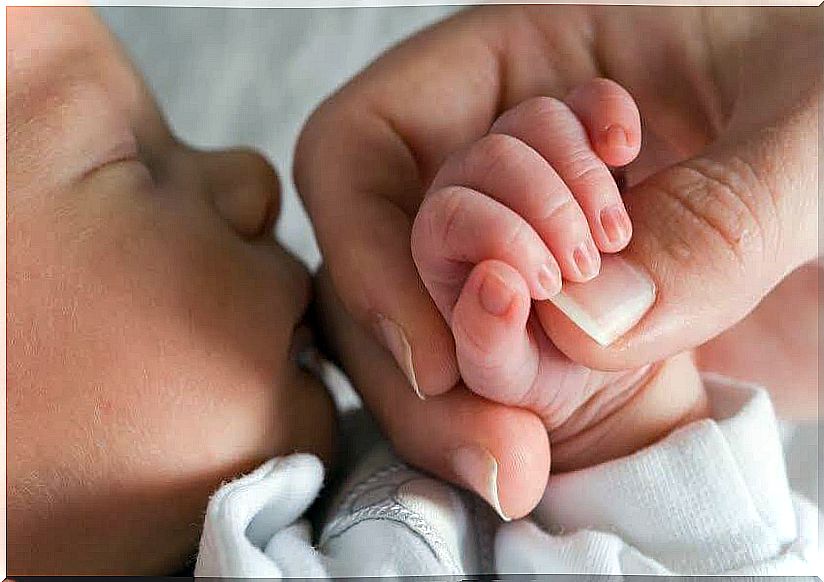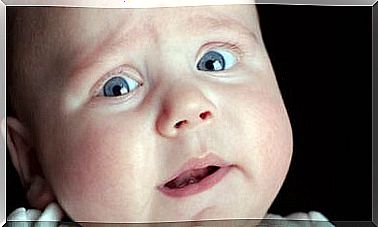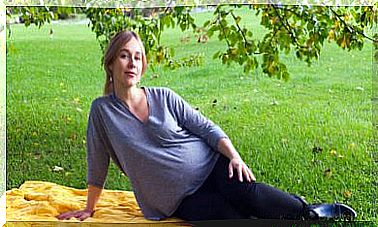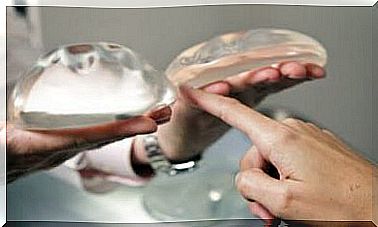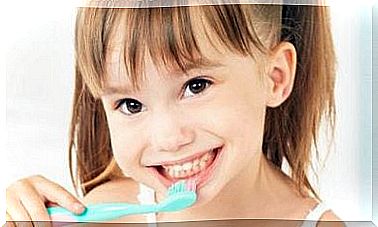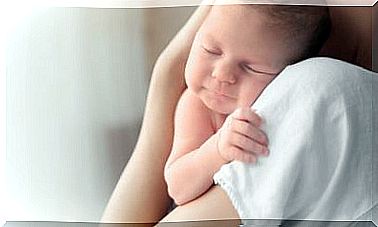The Phases Of The Attachment Bond
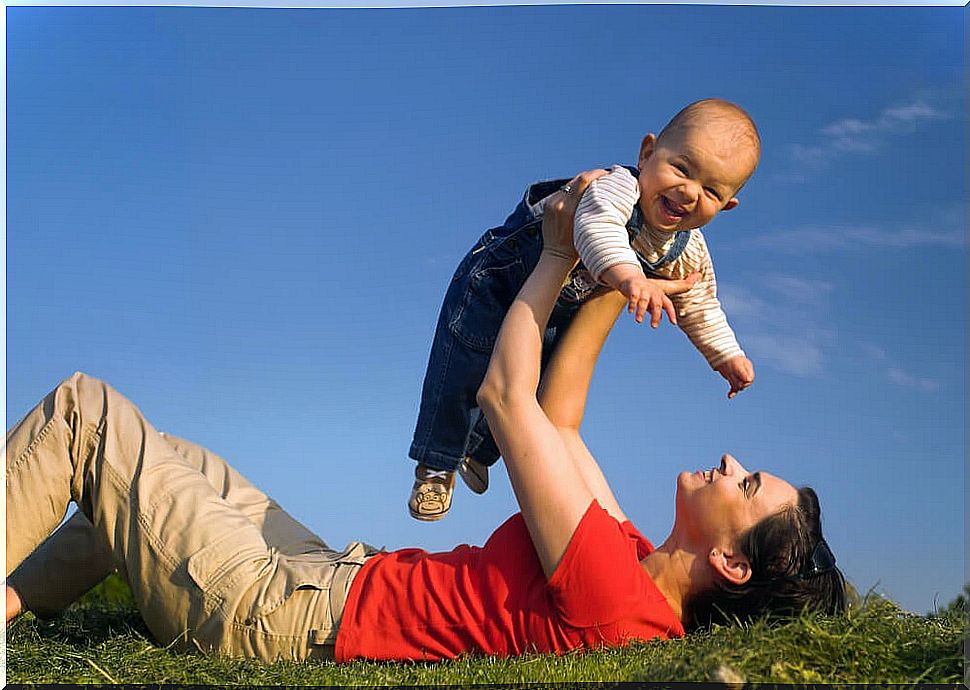
Attachment is an emotional and affective bond that is established between the baby and its caregivers, who are usually also its parents. But this strong union is not created overnight. The child needs to gradually develop affection and trust towards his attachment figures. Therefore, in this article we are going to talk about the phases of the attachment bond.
Evolutionary development involves a series of changes in the baby. As he grows, he learns to interact with the environment and with people, so his way of expressing attachment also evolves.
The 4 phases of the attachment bond
The psychoanalyst John Bowlby affirms that there are different types of attachment depending on the trust and affection established between the child and his parents. Thus, we can speak of four types of attachment :
- The avoidant.
- Insurance.
- The ambivalent or resistance.
- The disorganized or disoriented.
The formation of this affective bond changes as the child develops his social and emotional capacities. That is why four phases of the attachment bond can also be defined.
From 0 to 3 months
From the moment of the birth of a child, the father, and especially the mother, already establish a strong emotional bond with the child. On the contrary, the baby simply seeks to attract the attention of adults, regardless of whether they are its parents or not. It is an innate response, as it is able to satisfy their needs and survive.
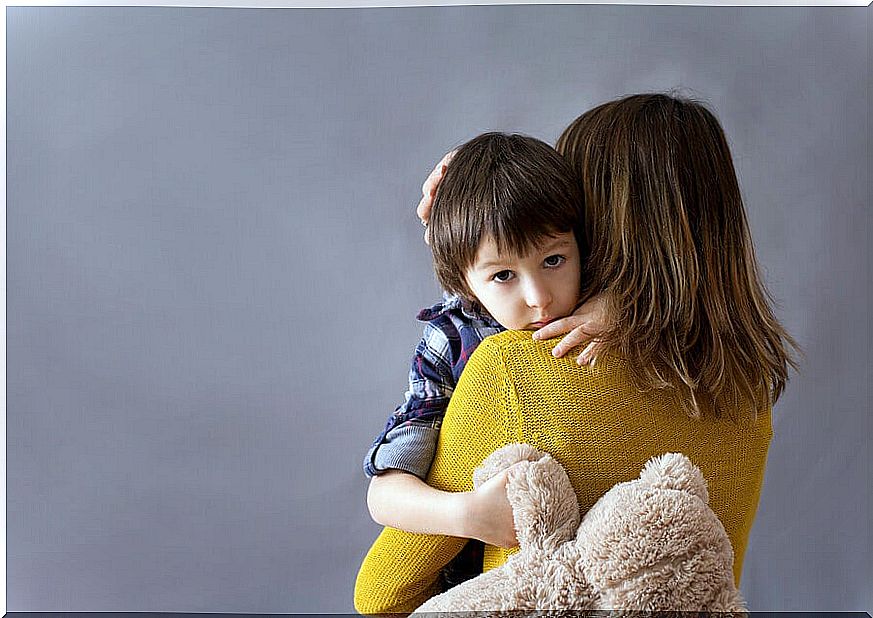
From 0 to 3 months, babies show undifferentiated social sensitivity. This means that they are interested in people in general, but without exhibiting a clear preference for their caregivers. Although they do begin to perceive that, to a greater extent, the love and attention they receive is from their parents.
From 3 to 6 months
From 3 to 6 months they show preferences for people they know. Before someone unknown, they respond differently, but without expressing rejection. It is the stage of differentiated social sensitivity.
The baby begins to feel safe and secure with his loved ones. During this phase, the little one begins to identify his attachment figures and realizes that these are the ones that are permanently available to meet his demands and satisfy his needs.
From 6 to 12 months
From 6 to 12 months is when the attachment system is formed. The baby reacts favorably to familiar people who care for him and shows rejection and distress towards strangers.
In addition, when the mother or father withdraws and separates from him, he feels fear and anxiety, and protests by screaming or crying. These facts show that the baby, at the end of this phase, has created and consolidated the attachment bond.
From the first year
When the child has already completed his first year of life, he begins to be more and more autonomous. But even so, you are going to have the urge to stay with your attachment figure close by to explore the world and play with ease.
As time passes, the little one will experience less dependency, except in situations that he perceives as threatening. Also, you can be with other strangers without feeling so apprehensive.
In short: at this stage, the attachment bond becomes stronger and more stable.
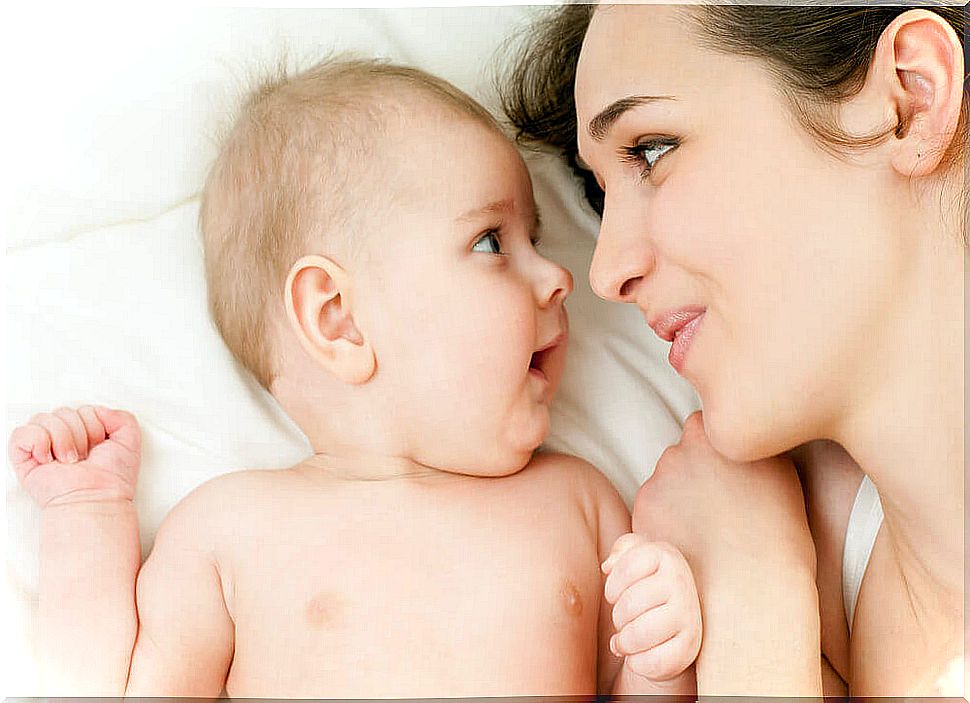
The importance of developing the attachment bond
When the child has passed these four phases, they will have developed a strong attachment bond and a personality of their own.
Since then, the little one learns to interact with others in a healthy way, therefore, it can be said that attachment is closely related to learning social skills since, if affection and affection are not experienced from the first moments of life, it will be more difficult to develop other capacities and values such as empathy, respect, understanding …
In short, mothers and fathers have a great responsibility when it comes to raising their child. They are a clear role model and should try to live up to the functions that being an attachment figure implies.
